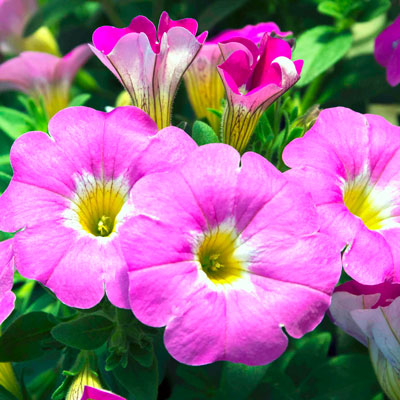Simplifying your gardening
I take gardening questions for a living. On the radio. Via my newspaper columns. Right here in the e-gardens Q&A. Out on the street.

I’ve decided that there are several things garden people could do that would make their lives easier. I’m going to add to my list in upcoming months, but here were the first ones that came to my mind.
• Choose only plants (native or adapted) that are most likely to succeed where you are. If you’re trying something as yet unproven, try just one or two. Make them prove they’ll be successful before you take the big plunge. Ask your nursery professional to assist in your choices. Just before you plunk down your money, look them squarely in the eyes and say, “Is there anything I need to know about any of these plants? Am I about to make any mistakes?”
• Know the correct names of all the plants that you’re growing in your landscape. Keep a list or the nametags so you’ll know who the patients are if you ever need to reach out for help. (I always tell people to think how it would be if they were to call a vet and ask about an animal, but if they didn’t know if they had a greyhound or a goldfish.) If you have a planting plan, hang onto it carefully. If you amend it, write in the names of the newcomers. As you buy new shrubs and trees, save their nametags as well.
• Keep a list of dates when you’ve planted your annual flowers and vegetables. You’ll find recommended planting dates here and in your own local resources. Ask your Texas Certified Nursery Professional. Mark down your comments about each crop’s success. Include little tips like “Plant earlier next year” or “Wait two weeks to plant – got caught by late freeze.”
• Keep a list of all pest problems that you encounter during the year. Note when you first saw them, what symptoms you noticed, what you did to address them, and if they recurred. Insect and disease problems have a habit of coming back year after year, and they usually do so about the same time. If you’re putting all of this into a single 3-ring notebook, print out the Texas A&M fact sheet on each particular problem.
• If you have a sprinkler system, hang onto that design plan that shows where all the valves are. It’s best to keep it hanging somewhere very near the controller. You and any repair people will be very glad that you did. Finding valves can be really tricky, especially if they were installed at some distance from where most of the heads are.
